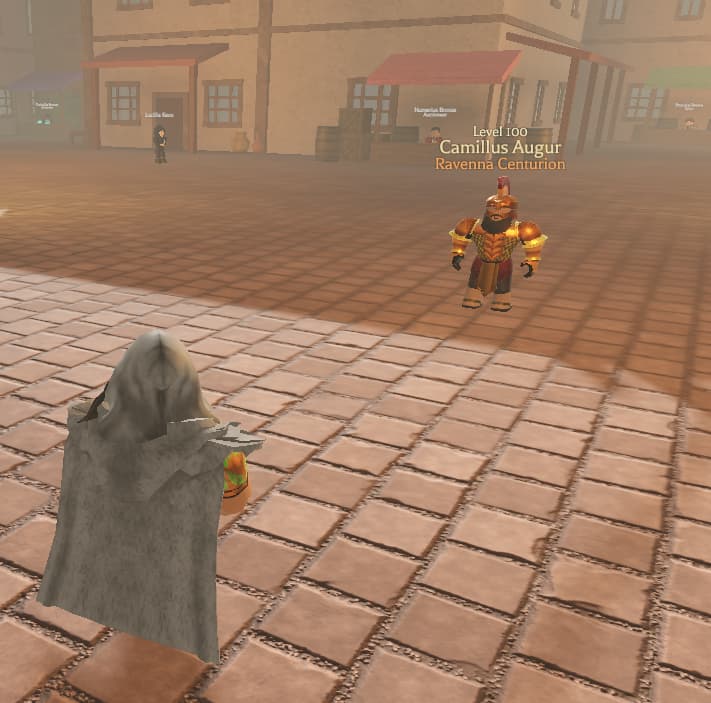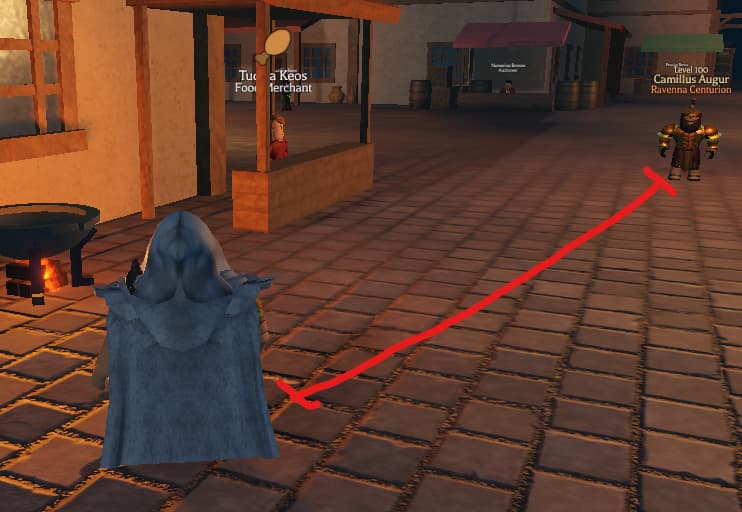Currently, the concept of trying to land an m1 in pvp is completely unrealistic for melee (fighting style) users, a route designed for CQC. This suggestion is inspired by the roblox game Demonfall where it has a move called ‘rush’ that quickly sends your character flying to the nearest target for a guaranteed m1.
The game already has good m1 interactions, with you receiving a small stun on m1’ing a blocking player, or a knockback and stun when your m1 gets parried. It would be a shame if these existing features remain almost entirely unseen in melee fights.
This suggested rare technique is to address that issue and allow for more close quarters interactions that one would expect from melee.
The Move
The idea is that upon using this technique, your character will briefly enter a stance and project a copy of itself to send flying to the nearest available target. This copy would then hit them once it enters point blank range for a short stunning duration and finally perform an automatic m1 attack before disappearing.
The caster will be frozen still for the attack as they are fully concentrated on controlling their projection, and as a defense could receive grab-immunity and either a huge damage reduction or i-frames in the meantime.
The initial hit is to serve as an indication that the attack has landed and so will only be of minimal damage, perhaps 10-20% of your m1 damage.
The counterplay for this is that if the target parries the initial hit, then the caster will receive the normal drawback of having their m1 parried and get stunned and knocked back. If the target blocks the initial hit then they can continue to hold block for the follow-up m1 by the projection. And if the target fails to use either of those countering methods, then the initial hit will stun and prevent them from using any moves until the projection’s m1 lands.
Ideally, the projection will continue to persist on its traversal to the registered target even if they were to dash or move away from the technique’s initial detection range.
- Startup: The caster will state the name of the move and fix into a stance from the selection of the Crash animations. If the chosen animation would move the caster around such as the spinning or spiral kicks from iron leg, then the caster will stay fixed on the startup part, and it will be the projection that gets animated as it flies towards the target.
The whole process of the caster being frozen for a single m1 hit can leave them quite vulnerable (depending on if the defense is a huge damage reduction or i-frames), so the combined time of both the startup and the projection’s traversal should be no longer than 1.75 seconds. And with attack speed this process can be shortened down to a potential maximum of 1 to 0.75 seconds. The attack speed stat will shorten the startup time, and accelerate the projection’s flying.
- Range: Attack size would increase the detection range of the initial hit, but to start off, the distance in the following image should suffice as melee already has access to Crash as a gap closer.
And this next image could be the farthest that the detection can reach with enough attack size.
Reasonings
Unlike the inspired Demonfall move where you yourself are sent to the target, a projected attack where you maintain the same distance as when you start and finish would remove the messy possibility that either you or your target would exploit the closed gap as an easy opportunity for extended combos with grabs. This technique is wholly to accommodate a guaranteed m1 interaction that the game’s pvp combat is lacking in.

